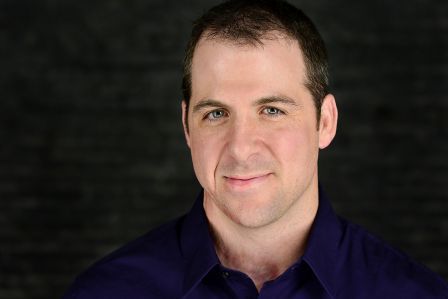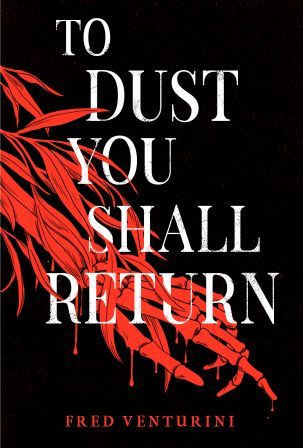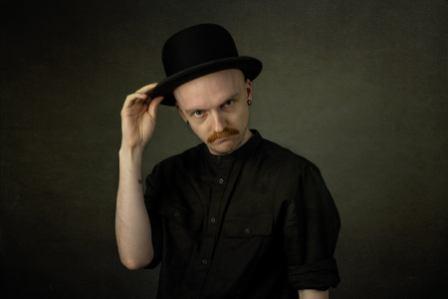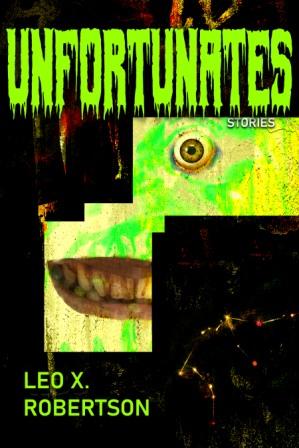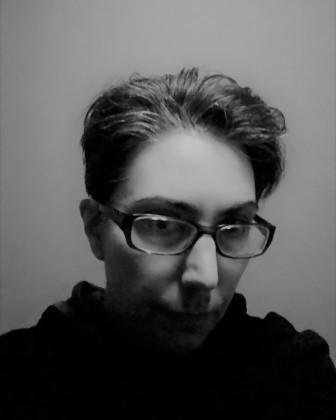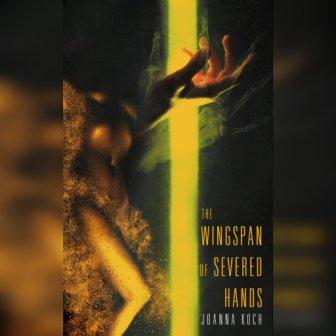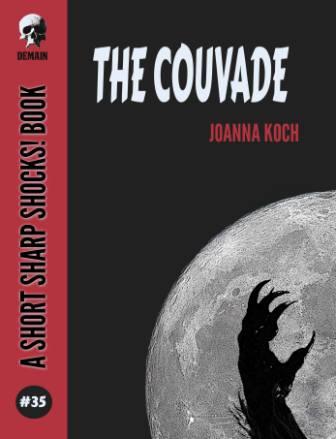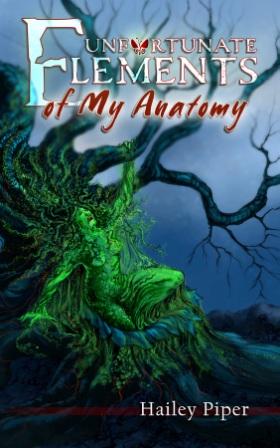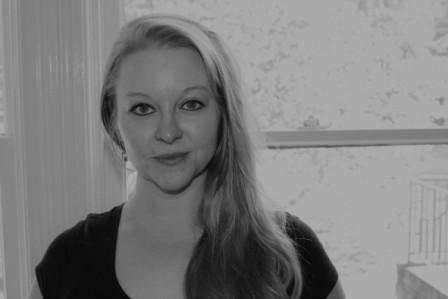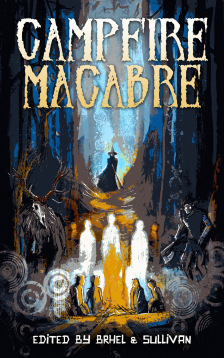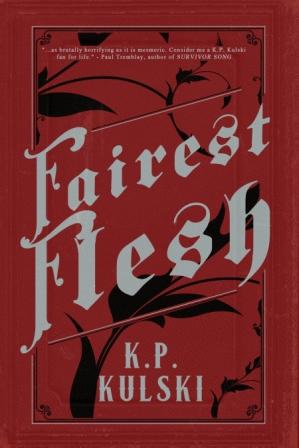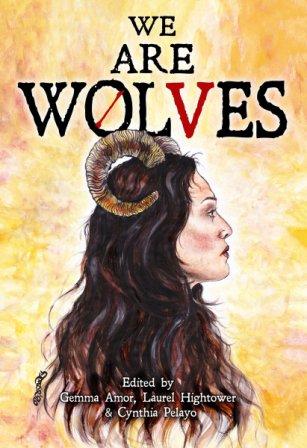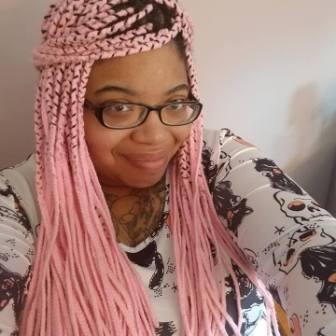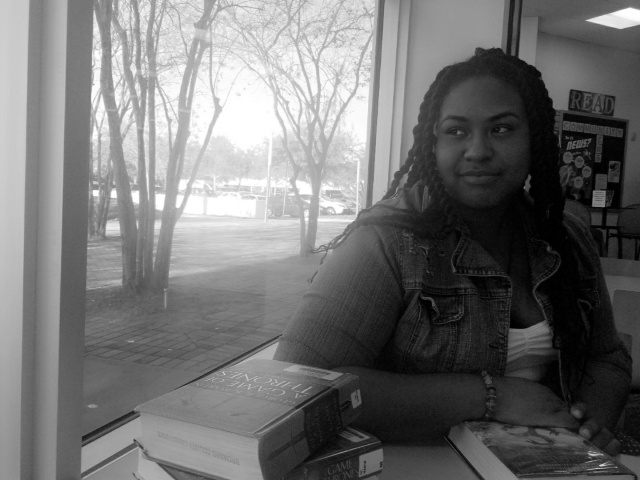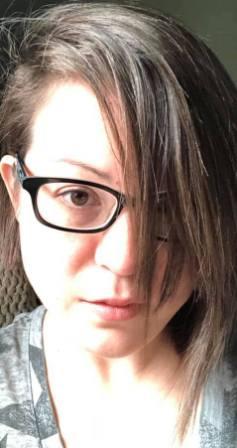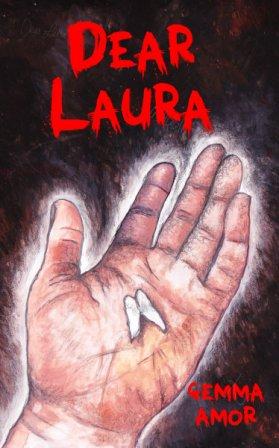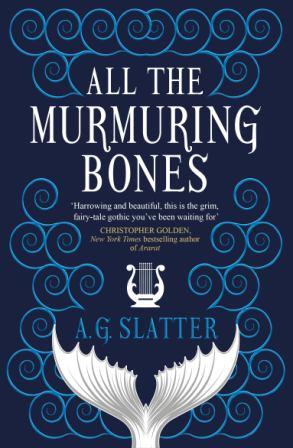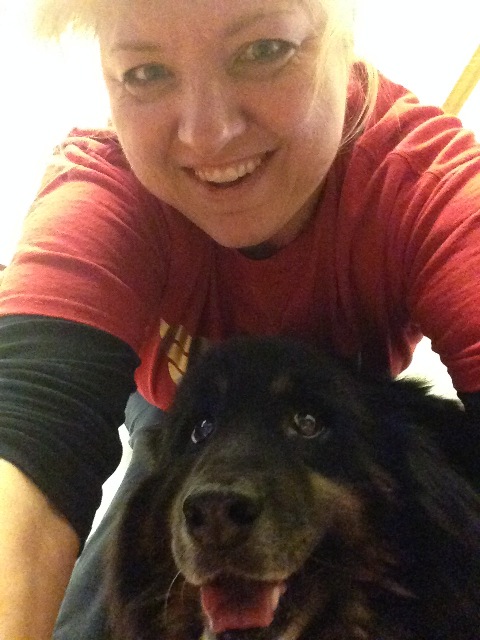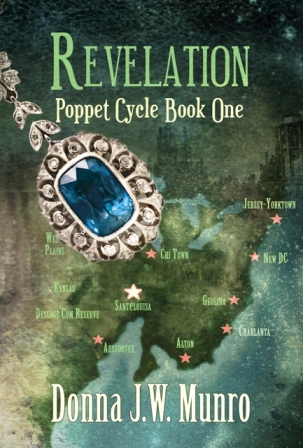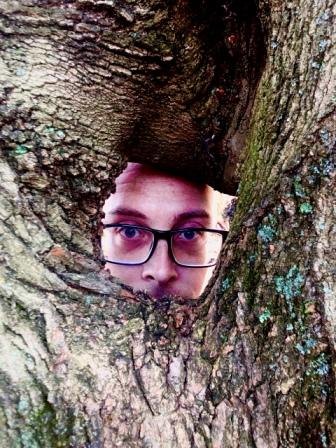Welcome back for Part Two in our Women in Horror Roundtable! Today we discuss what draws these eight amazing authors to the horror genre as well as their favorite reads by women in horror over the last year.
So let’s take it away!
What draws you to the horror genre? Do you feel like horror is particularly suited to address the experiences of women?
JESSICA GUESS: I’m drawn to horror because the stakes are always high. The main character is fighting for their life or the lives of people close to them or their immortal soul or something. For the second part of your question, I mean the genre itself proves that it is suited for women. I don’t know the exact percentage of horror movies with female lead characters, but I’d bet it’s extremely high. Part of setting the atmosphere in a horror movie is having your lead character be in some state of vulnerability. There’s a perceived built-in vulnerability with women because we’re seen as weaker. Added on to that the fact that it is indeed scary to be a woman.
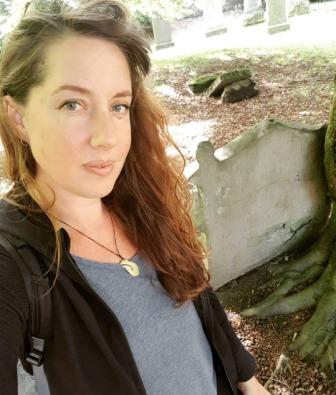 GEMMA AMOR: I really do. This is probably because I lean heavily into the type of horror writing that serves as an exsanguination of my own personal traumas and history and experience, and that, by nature, has involved many themes and issues deemed ‘female’ in nature (I often write about my struggles with postnatal depression, for example). I think if you are looking for other issues that are increasingly being explored in the horror space, everything from motherhood to body trauma to identity crisis to being told to ‘smile’ on a daily basis by people who expect a certain behaviour from a certain section of society- many of these are unique to the experience of being or identifying as a woman, and horror feels like a perfect genre within which to explore that- whether it is by stint of using a ghost as a metaphor for loss or pain, or werewolves or wendigos to explore empowerment, or psychological horror to showcase some of the more complex, nuanced emotions surrounding the loss of a child, for example- this is definitely the most versatile and accommodating genre to address the unique and individual experience of being a woman, in my opinion.
GEMMA AMOR: I really do. This is probably because I lean heavily into the type of horror writing that serves as an exsanguination of my own personal traumas and history and experience, and that, by nature, has involved many themes and issues deemed ‘female’ in nature (I often write about my struggles with postnatal depression, for example). I think if you are looking for other issues that are increasingly being explored in the horror space, everything from motherhood to body trauma to identity crisis to being told to ‘smile’ on a daily basis by people who expect a certain behaviour from a certain section of society- many of these are unique to the experience of being or identifying as a woman, and horror feels like a perfect genre within which to explore that- whether it is by stint of using a ghost as a metaphor for loss or pain, or werewolves or wendigos to explore empowerment, or psychological horror to showcase some of the more complex, nuanced emotions surrounding the loss of a child, for example- this is definitely the most versatile and accommodating genre to address the unique and individual experience of being a woman, in my opinion.
This is partly what draws me to the genre and always has, this, and the fact that within horror, your imagination can really run riot. There are no boundaries with horror- I adore the extraordinary freedom that affords me as a writer.
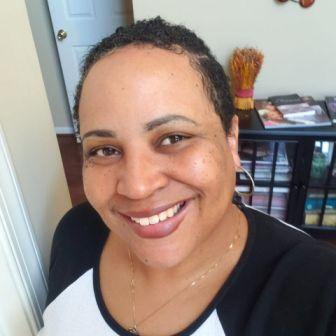 L. MARIE WOOD: I have always written psychological horror fiction. Since the age of five I have been interested in the thing that hides in the shadows, the fear of the unknown. With such a specific sub-genre, one that lends itself to the tenets of thrillers and mystery and suspense so easily, infusing subtle fear into a realistic landscape has always fascinated me. Indeed, I have always looked at life with my head tilted at an angle because I see the thing lurking behind the tree at the park, even when no one else does. I don’t know that I think that horror is particularly suited to address the experiences of women, but I do think that it provides a platform for alternative mindsets, for outcomes that are not traditional, for the hero to be the skinny girl in the corner rather than the big, burly guy standing out in front. In that way the playing field can be made equal, creating opportunities for new approaches in storytelling.
L. MARIE WOOD: I have always written psychological horror fiction. Since the age of five I have been interested in the thing that hides in the shadows, the fear of the unknown. With such a specific sub-genre, one that lends itself to the tenets of thrillers and mystery and suspense so easily, infusing subtle fear into a realistic landscape has always fascinated me. Indeed, I have always looked at life with my head tilted at an angle because I see the thing lurking behind the tree at the park, even when no one else does. I don’t know that I think that horror is particularly suited to address the experiences of women, but I do think that it provides a platform for alternative mindsets, for outcomes that are not traditional, for the hero to be the skinny girl in the corner rather than the big, burly guy standing out in front. In that way the playing field can be made equal, creating opportunities for new approaches in storytelling.
ANGELA SLATTER: Again, I think it’s the link to fairy tales – my reading matter as a kid (and the stories that were read to me by my mother) all came from the old-style fairy stories. Unsanitised, frightening, nightmare-giving bedtime stories. I think horror speaks very deeply to women’s experiences in the world: regarded as “carriers” for children, still subject to death in childbirth in a world with so many medical advances, no control over our own bodies, we’re most frequently the victims of crime – and more often than not we’re murdered by someone who’s supposed to love and protect us. So, yes, it is particularly suited to addressing women’s experiences!
K.P. KULSKI: I find horror to be perfect to externalize the all too often, very personal and internalized trauma that many women experience. It is the mental health toll. The everyday erosion of someone’s humanity. In horror, we can put that on display, erode the flesh of someone physically and we can see the viscera.
For example, maybe every time she’s harassed on the street she loses something of herself. In horror we can make this physical and bring home the depths of the horror of those experiences. It becomes a lot more difficult to argue that something is not painful when there is blood. Horror also allows others to experience the fear and struggle in a personal way.
DONYAE COLES: Gods, I’ve always been here. I think I’m just like this? Probably because my mom let me watch the Dungeon and Dragons cartoon and Billy Idol videos or she listened to Thriller too much. Actually it might have been 80s MTV who knows! I’ve always been drawn to horror movies and ghost stories. Life is full of creep.
I think that horror is really good at unpacking the experiences of women many of which always contain some element of terror long after you’ve come through the other side. I feel like horror stories aren’t ever really over, they’re just asleep for awhile and that’s part of what makes them scary because this thing can always come back. And that’s a lot of the experience of being a woman.
The things we go through aren’t ever really over, they’re just asleep in us and maybe they never wake up for us again but the cycle is forever and we will always, always carry that inside of us, whatever it is. And I think horror tells those stories a lot better than fantasy or science fiction where you leave the planet or you slay the beast but with horror, you know, it’s always ready for a repeat. The book can never be destroyed, the tomb can only be so sealed, the curse has been put to rest FOR NOW.
LAUREL HIGHTOWER: What initially drew me to horror was the thrill – I love ghosts and ghost stories, and have always enjoyed that delicious little chill that comes with settling in for a scare. The concept of employing it as a vehicle for addressing the experiences of women has occurred to me much more recently – it came about by accident. I’m not someone who ever thought I was capable of writing short fiction. In 2020 I started to try, because I had a couple of ideas that seemed right for the length. After a false start or two, I realized what was fueling my ideas was the daily truth of my existence as a woman. I wrote a short story about what happens when women are told to smile, and another about body dysmorphia after having a child. I’m older now, and maybe a little more irritable, and some of the things I’m stewing on come out best as a pithy horror story. Maybe it doesn’t solve the intrinsic, societal aspects of what I’m pissed about, but it gives me a constructive vehicle to express how I feel about it.
It’s also been eye opening, and a bonding experience, to read the experiences of other women in a short story format. When we started receiving stories for WE ARE WOLVES I was struck by what a range of tone and subject matter there was, and saw through the eyes of other women what they perceived as horror. I treasure that, and have been seeking out more works of that nature, because the more experiences and viewpoints we’re open to, the better we’re able to understand and appreciate one another.
HAILEY PIPER: Absolutely; we live and breathe horror. Where we go, what we can do, when, what happens to our bodies; it’s all steeped in horror. I think horror comes naturally to us, especially when we look it in the eye and then embrace it. For me, I’m drawn to dark fiction because horror is healing, empowerment, honesty. I find validation in its stories of pain, hope in its triumphs, be they human or monstrous. And any weirdness helps my weirdo self feel like I belong.
There was a lot of tremendously great horror written by women in 2020. What are your favorite horror stories or books by female authors from the last year, in particular works that you wish would have gotten more attention?
 JESSICA GUESS: Seeing Things by Sonora Taylor was an awesome read. Sonora’s writing is humorous and terrifying at the same time. I love it. Also, All You Need is Love and A Strong Electric Current by Mackenzie Kiera was another amazing novella from Rewind or Die. There were so many great books by women in that line up—Food Fright, Hells Bells, The Kelping—they were great reads.
JESSICA GUESS: Seeing Things by Sonora Taylor was an awesome read. Sonora’s writing is humorous and terrifying at the same time. I love it. Also, All You Need is Love and A Strong Electric Current by Mackenzie Kiera was another amazing novella from Rewind or Die. There were so many great books by women in that line up—Food Fright, Hells Bells, The Kelping—they were great reads.
GEMMA AMOR: Well, if I’m allowed to do this, it was actually the anthology of female-centric horror stories I co edited with Laurel Hightower and Cina Pelayo called WE ARE WOLVES, published in December 2020. All proceeds of the book go to the survivors of abuse, assault and harassment via various charities (including The Survivor’s Trust), and the story brief was to write about ‘the author’s individual experiences of being a woman,’ and the trauma or horror to be found in those experiences. The resulting collection of stories from a huge pack of women and those who identify as such is one of the most stirring, raw, emotional bodies of work I’ve had the pleasure of reading and I am insanely proud to have helped bring the project to life. I hope to make the first donation as soon as the first royalty payment clears in Feb, and I cannot wait to share the details in the community.
L. MARIE WOOD: One of my favorites reads of the year was Michelle Renee Lane’s Invisible Chains. The pacing was superb and her vampire… oh, dear. I wouldn’t mind meeting him to… discuss a few things. 😊 I appreciated the dive into the psyche of the slave who worked inside the mansion rather than in the fields – this perspective is often minimized, if addressed at all. Add to that the element of magic – such a fantastic read. I would love to see more buzz about this book. I am also partial to the vampire anthology, Slay. Full disclosure – I’m in this one. That said, the collection of stories here is unique in that they investigate vampirism from different angles, and all through the lens of the African diaspora. It’s a unique volume that I hope people continue to sink their teeth into (pun intended… and yes, I am that corny!).
ANGELA SLATTER: In this, the Year of the Plague, my reading has been surprisingly thin on the ground – I guess all of my time went into writing and teaching to keep the bills paid in 2020. My 2019 picks, however, are Karen Runge’s Doll Crimes, S.P. Miskowski’s The Worst is Yet to Come, Kaaron Warren’s Oil Into Bones, and J.S. Breukelaar’s Collisions. Oh 2020: Lisa L. Hannett’s Songs for Dark Seasons and Marjorie Liu’s Monstress! In general, always go for Cat Ward, Priya Sharma, Laura Mauro, Caitlin R. Kiernan, Gemma Files, Cassandra Khaw, Helen Marshall, Gwendolyn Kiste, Kathy Koja, Lisa Morten, Helen Oyeyemi, Liz Hand, AK Benedict, Marie O’Regan, Alison Littlewood, Linda Addison, Cate Gardner, Livia Llewellyn, Tanith Lee, Tananarive Due, Carmen Maria Machado, Kelly Robson, Lisa Tuttle, Mariko Koike … obviously not an exhaustive list!
K.P. KULSKI: My favorite book I’ve read this year was Francis Cha’s, If I Had Your Face. It sounds like a horror title, but isn’t technically, but it really hits all the strangeness and horrifying realities of plastic surgery culture, the horrible dehumanizing pressure. That book crumpled me up into a ball and rebuilt me all over again. It’s one of those books that I suddenly think about, like holding a familiar stone, turning it over and over to discover new cracks. The characters were so human and tragic.
Tender is the Flesh by Agustina Maria Bazterrica is an amazing book and deserves all the buzz. It really makes you think about how society deems who is human and who is not. This is a concept I talk about a lot about when teaching history because it allows a deeper understanding of societies. The concept and the book will make you a bit sick to your stomach.
Patricia Lillie’s collection, The Cuckoo Girls really needs more attention. Lillie is fantastically skilled in writing quiet horror. The reader gets to stand in the lamplight but the monsters are at the edge, just far enough in the shadows to terrify but still mysterious. Her stories are so wonderfully creepy. “In Loco Parentis” and “Mother Sylvia” in particular were chilling. I hope more readers get a chance to discover her work, I highly recommend it!
DONYAE COLES: “The Silence of the Wilting Skin” by Tlotlo Tsamaase. This book was gorgeously written, like a dream and was the horror of a very Black and POC experience, the violence of colonialism and gentrification. It’s classified as science fiction but this was a horror story. I loved it so much.
“Cirque Berserk” by Jessica Guess was great. It was B movie perfection which is so nice to see from a Black woman. So often our work is like, it HAS to have great meaning and this was just fun? It was Black Girl Magic but with bloodshed and I dig that.
“Sed de Sangre” by V. Castro. Erotic horror is one of my favorite things and she just does it really well. It’s bloody, it’s sexy, it’s great.
I also really dug Hailey Piper’s “The Worm and His Kings” and Joanna Koch’s “A Wingspan of Severed Hands”. Cosmic horror done painfully right and these two actually read really great together.
 LAUREL HIGHTOWER: Oh, my, wasn’t it ever! Definitely a bright spot in an otherwise crazy year. I loved HAIRSPRAY AND SWITCHBLADES by Violet Castro, which came out early in the year through Unnerving’s Rewind or Die series. It was powerful, culturally rich, female led, unapologetically sexual, and packed with action. I loved the different take on the shifter trope, and the bond of the two sisters. The villain, too, was remarkable and well crafted. Cina Pelayo’s INTO THE WOODS AND ALL THE WAY THROUGH was heartbreaking and accessible – a collection of 109 poems about missing women that illustrate how prevalent a problem it is, and how little is often known about them, or done to bring them home. I just read SALTBLOOD by T.C. Parker, as well, which is a fantastic genre blending tale with deft social commentary, mystery elements, and folklore. Very effective, and highly enjoyable.
LAUREL HIGHTOWER: Oh, my, wasn’t it ever! Definitely a bright spot in an otherwise crazy year. I loved HAIRSPRAY AND SWITCHBLADES by Violet Castro, which came out early in the year through Unnerving’s Rewind or Die series. It was powerful, culturally rich, female led, unapologetically sexual, and packed with action. I loved the different take on the shifter trope, and the bond of the two sisters. The villain, too, was remarkable and well crafted. Cina Pelayo’s INTO THE WOODS AND ALL THE WAY THROUGH was heartbreaking and accessible – a collection of 109 poems about missing women that illustrate how prevalent a problem it is, and how little is often known about them, or done to bring them home. I just read SALTBLOOD by T.C. Parker, as well, which is a fantastic genre blending tale with deft social commentary, mystery elements, and folklore. Very effective, and highly enjoyable.
HAILEY PIPER: Probably the earliest standout was Hexis by Charlene Elsby, which I consumed and adored and have returned to. True Crime by Samantha Kolesnik is a testament to writing about horrid events with gorgeous prose, Lisa Quigley’s Hell’s Bells dug deep into my heart, and then there was the Black Cranes anthology edited by Lee Murray and Geneve Flynn that gathered work by Asian women or women of Asian diaspora, and the stories were incredible. I particularly want to highlight “The Genetic Alchemist’s Daughter” by Elaine Cuyegkeng; its generational conflict and dissection of expectation and identity absolutely floored me. Crossroads by Laurel Hightower tore at my heart, as did Into the Forest and All the Way Through by Cynthia Pelayo, and I need to stop; I could go on and on.
And that’s it for Part Two in our Women in Horror Month Roundtable! Join us next week for Part Three in our celebration!
Happy reading!
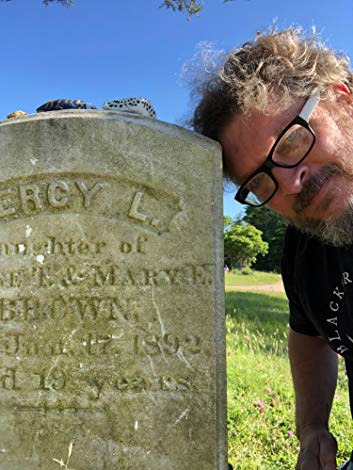 Thank you so much for this opportunity! I’ve pretty much always aspired to write, starting at a young age, like around seven or eight, when I put together a community newspaper in my parents’ garage. My friend and I wrote all the content, including a sports section where we talked about our t-ball team, and we went around and sold it to neighbors for pennies. I had a romantic idea about writing and being a reporter that probably came from Superman’s alter-ego, Clark Kent. I was the kind of kid who didn’t aspire to be Superman, but rather Clark Kent since he had such a cool job. Later, as a teenager, I would write short stories that imitated what I read in The Twilight Zone magazine and Isaac Asimov’s Science Fiction Magazine, all of which was pretty terrible. I still have my first rejection from Asimov’s that I received when I was around 17. I’d always wanted to write horror and speculative fiction, but my adult inspiration came when I read two short stories for the first time: “Where Are You Going, Where Have You Been” by Joyce Carol Oates and “A Good Man Is Hard to Find” by Flannery O’Connor. Those stories lit a fire in me, and so I would acknowledge them as favorite authors, along with Shirley Jackson, Charles Beaumont, and Brian Evenson. Short fiction is my life-blood, and I gravitate towards those authors, along with writers we don’t always associate with genre fiction, like Don DeLillo, Thomas Pynchon, Ralph Ellison, and Toni Morrison.
Thank you so much for this opportunity! I’ve pretty much always aspired to write, starting at a young age, like around seven or eight, when I put together a community newspaper in my parents’ garage. My friend and I wrote all the content, including a sports section where we talked about our t-ball team, and we went around and sold it to neighbors for pennies. I had a romantic idea about writing and being a reporter that probably came from Superman’s alter-ego, Clark Kent. I was the kind of kid who didn’t aspire to be Superman, but rather Clark Kent since he had such a cool job. Later, as a teenager, I would write short stories that imitated what I read in The Twilight Zone magazine and Isaac Asimov’s Science Fiction Magazine, all of which was pretty terrible. I still have my first rejection from Asimov’s that I received when I was around 17. I’d always wanted to write horror and speculative fiction, but my adult inspiration came when I read two short stories for the first time: “Where Are You Going, Where Have You Been” by Joyce Carol Oates and “A Good Man Is Hard to Find” by Flannery O’Connor. Those stories lit a fire in me, and so I would acknowledge them as favorite authors, along with Shirley Jackson, Charles Beaumont, and Brian Evenson. Short fiction is my life-blood, and I gravitate towards those authors, along with writers we don’t always associate with genre fiction, like Don DeLillo, Thomas Pynchon, Ralph Ellison, and Toni Morrison.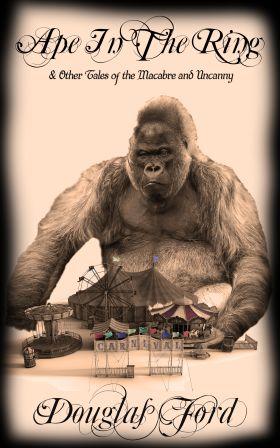 As a kid, I would grab every issue of Tomb of Dracula I was lucky enough to find, and at some point, someone gave me a kid’s version of Poe’s works, printed on really cheap paper with lurid illustrations. I was most drawn to its version of “The Fall of the House of Usher,” and that’s still my favorite Poe story. My parents let me stay up late to watch scary movies on the tube, and the one I remember seeing first was Son of Frankenstein. The best part was that my parents would wait until the movie was over and hide in the hallway when I stumbled to my bedroom. They would jump out of the shadows and scare the hell out of me, which definitely added something to the experience of watching the movie. I really love them for doing this. I can’t say for sure what draws me to the horror genre. Maybe I still crave that feeling of knowing something lurks in the shadows and I want to tease it out into the open so that it’ll reveal itself.
As a kid, I would grab every issue of Tomb of Dracula I was lucky enough to find, and at some point, someone gave me a kid’s version of Poe’s works, printed on really cheap paper with lurid illustrations. I was most drawn to its version of “The Fall of the House of Usher,” and that’s still my favorite Poe story. My parents let me stay up late to watch scary movies on the tube, and the one I remember seeing first was Son of Frankenstein. The best part was that my parents would wait until the movie was over and hide in the hallway when I stumbled to my bedroom. They would jump out of the shadows and scare the hell out of me, which definitely added something to the experience of watching the movie. I really love them for doing this. I can’t say for sure what draws me to the horror genre. Maybe I still crave that feeling of knowing something lurks in the shadows and I want to tease it out into the open so that it’ll reveal itself.
